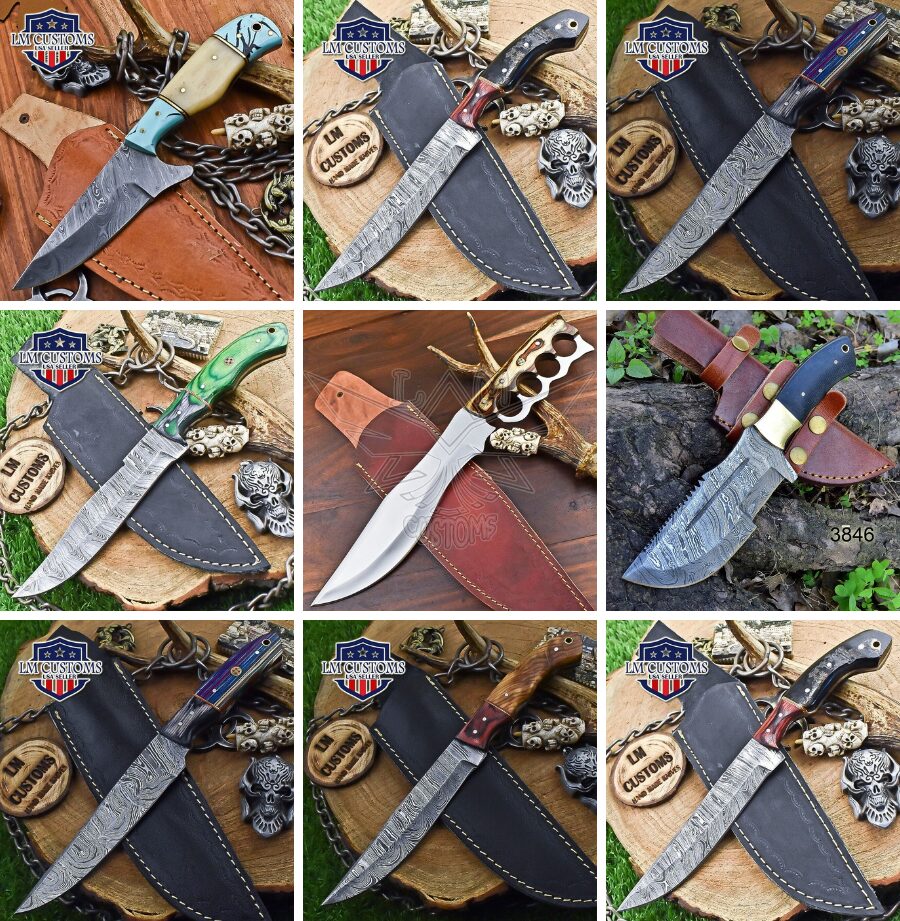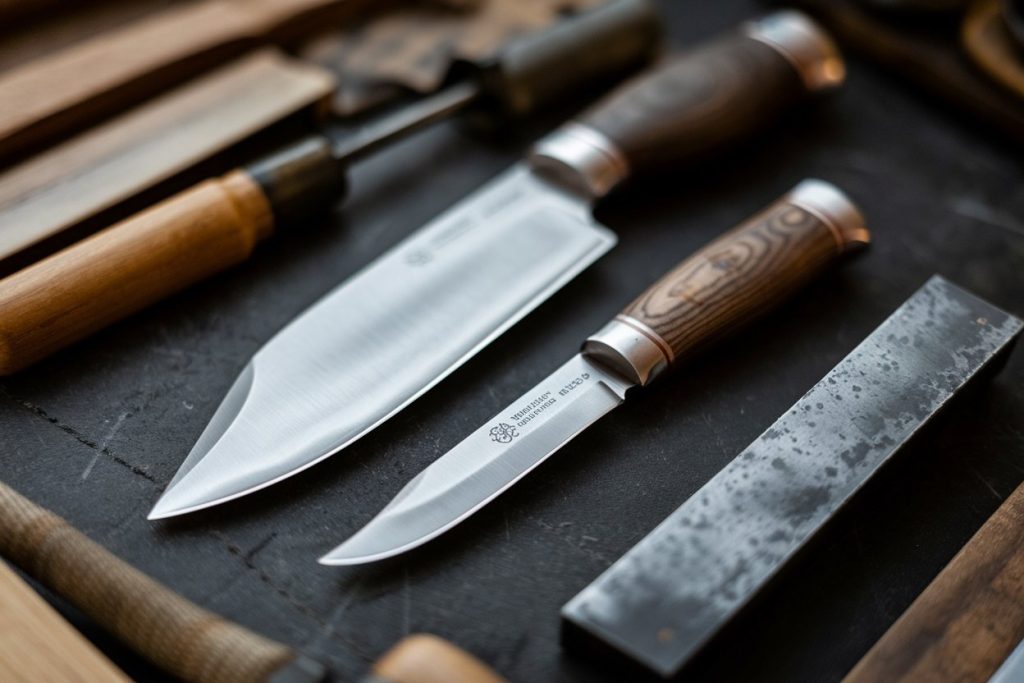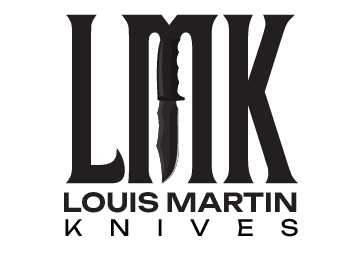When selecting the ideal knife, understanding its tang is of critical importance. A full or partial tang can have significant ramifications on the performance, durability, and overall utility of any blade–this makes understanding these differences even more critical if purchasing wholesale knives. In this article, we explore these differences to help make an informed decision for yourself.
Understanding the Tang
Before diving into the comparison, it’s essential to understand what tangs are. In simple terms, the tang is the portion of the blade that extends into the handle of the knife. It’s the backbone of the knife, providing the necessary support to the blade and ensuring the knife stays intact during use. The tang can come in various forms, with the two most common being full tang and partial tang.
Full Tang Knives: The Stalwarts of Strength
What is a Full Tang?
A full tang knife has a blade that extends the entire length of the handle, At its core, a solid blade consists of one piece of metal from tip to end of the handle, providing maximum stability and strength. Handles may be attached using rivets, pins, or both to ensure secure attachment to tangs for increased security and optimal performance.

Benefits of Full Tang Knives
- Superior Strength and Durability: One of the primary advantages of full-tang knives is their robustness. Because the blade runs through the entire handle, these knives are less likely to break under stress. This makes them ideal for heavy-duty tasks such as chopping, splitting, and other strenuous activities.
- Balance and Control: Full tang knives tend to have a better balance because the weight is distributed more evenly along the length of the knife. This balance allows for more precise control, making them a favorite among chefs and outdoor enthusiasts.
- Reliability: Full tang knives are less likely to fail, even in challenging conditions. Whether in the kitchen or the wilderness, a full tang hunting knife gives you the confidence that your tool will perform as expected.
- Versatility: These knives are versatile and can handle a variety of tasks. From food preparation to survival, a full-tang knife is a reliable companion.
Drawbacks of Full Tang Knives
- Weight: Because of the additional metal in the handle, full-tang knives tend to be heavier. While this weight can provide better control, it might also lead to fatigue during extended use.
- Cost: Full tang hunting knives generally cost more to manufacture, which translates into higher prices. When purchasing wholesale knives, this is an important factor to consider.
Partial Tang Knives: Lightweight and Functional
What is a Partial Tang?
A partial tang knife has a blade that extends only partway into the handle. There are various variations of partial tangs, such as half tangs, rat-tail tangs, and hidden tangs. They may be secured within the handle by adhesives, pins, or other means.
Benefits of Partial Tang Knives
- Lightweight: Partial tang knives are typically lighter than their full tang counterparts. This can be an advantage in situations where a lighter tool is more convenient, such as when performing tasks that require quick, repetitive motions.
- Cost-Effective: Because they use less material and are easier to manufacture, partial tang knives are often more affordable. This can be a significant advantage when buying wholesale knives, especially if you need a large quantity.
- Variety of Designs: Partial tang knives allow for more creativity in handle design. Since the tang doesn’t run the full length of the handle, manufacturers have more freedom to experiment with different shapes and materials.
Drawbacks of Partial Tang Knives
- Reduced Strength and Durability: The main disadvantage of partial tang knives is their reduced strength. Since the blade doesn’t run through the entire handle, there’s a higher risk of the knife breaking under pressure. This makes them less suitable for heavy-duty tasks.
- Balance Issues: Partial tang knives can sometimes feel unbalanced, especially if the handle is significantly heavier than the blade. This can make the knife more challenging to control during precise tasks.
- Limited Durability: While partial tang knives can be durable, they generally don’t match the longevity of full tang knives. Over time, the connection between the blade and handle may weaken, leading to a less reliable tool.
Choosing Between Full Tang and Partial Tang

When deciding between full-tang and partial-tang knives, consider the intended use, the environment in which the knives will be used, and your budget. Each type has its strengths and weaknesses, and the best choice depends on your specific needs.
Full Tang Knives are Best for:
- Heavy-Duty Tasks: If you need a knife that can handle rigorous activities, such as chopping wood, butchering meat, or other demanding tasks, a full-tang knife is the way to go.
- Professional Use: Chefs, hunters, and outdoor enthusiasts who rely on their knives for precision and reliability will benefit from the durability and balance of a full tang knife.
- Long-Term Investment: If you’re looking for a knife that will last a lifetime, the sturdiness and resilience of a full-tang knife make it a worthwhile investment.
Partial Tang Knives are Best for:
- Light to Medium-Duty Tasks: For everyday kitchen tasks, such as slicing vegetables or preparing light meals, a partial tang knife can be sufficient and more comfortable to use due to its lighter weight.
- Budget-Conscious Purchases: If cost is a primary concern, partial tang knives offer a more affordable option without sacrificing functionality for most standard uses.
- Creative Handle Designs: If aesthetics are important, partial tang knives allow for more diverse and unique handle designs, which can be a selling point for certain markets.
Wholesale Considerations
When purchasing wholesale knives, especially for resale, it’s crucial to consider your target market. Full tang knives might appeal to customers who prioritize strength, durability, and performance, such as professional chefs or outdoor adventurers. On the other hand, partial tang knives could attract buyers looking for affordable, lightweight options, possibly for everyday kitchen use or as starter knives.
Quality vs. Quantity
Buying wholesale knives means balancing quality with quantity. Full tang knives, while generally more expensive, offer higher durability, which could mean fewer returns or complaints. However, if your market demands lower-cost options, partial tang knives might allow you to offer a more extensive range of products without breaking the bank.
Market Preferences
Understand the preferences of your customers. Are they looking for rugged, reliable tools, or do they prefer lighter, more affordable options? Your inventory should reflect the needs and wants of your target audience.
Conclusion: Which is Better?
In the debate over full-tang and partial-tang knives, there’s no universal solution. Full-tang knives are more durable and stronger and therefore a better option for tasks that require enough force and long-term usage. But, they do come with more weight and price and may not be suitable for everyone.


